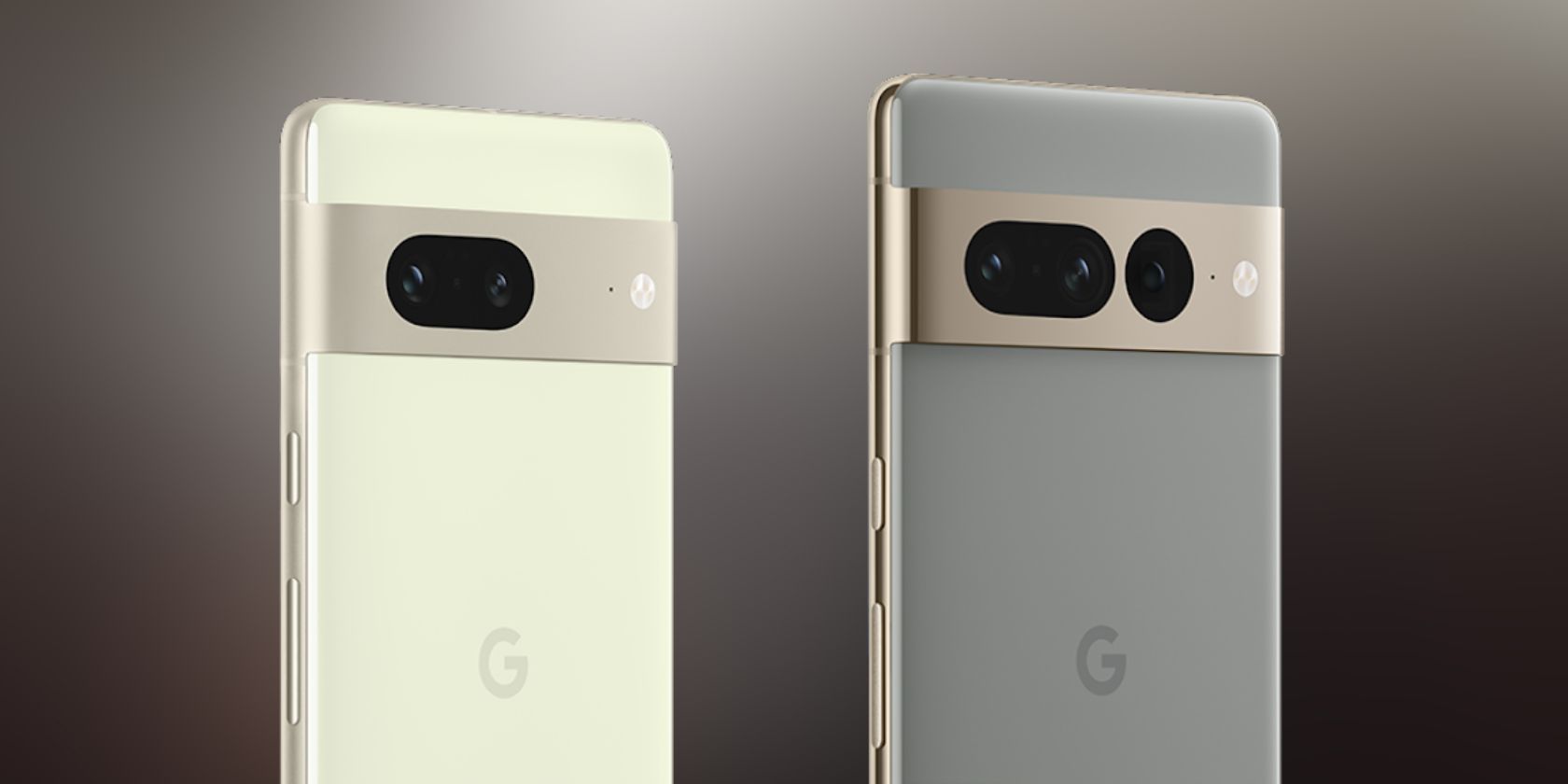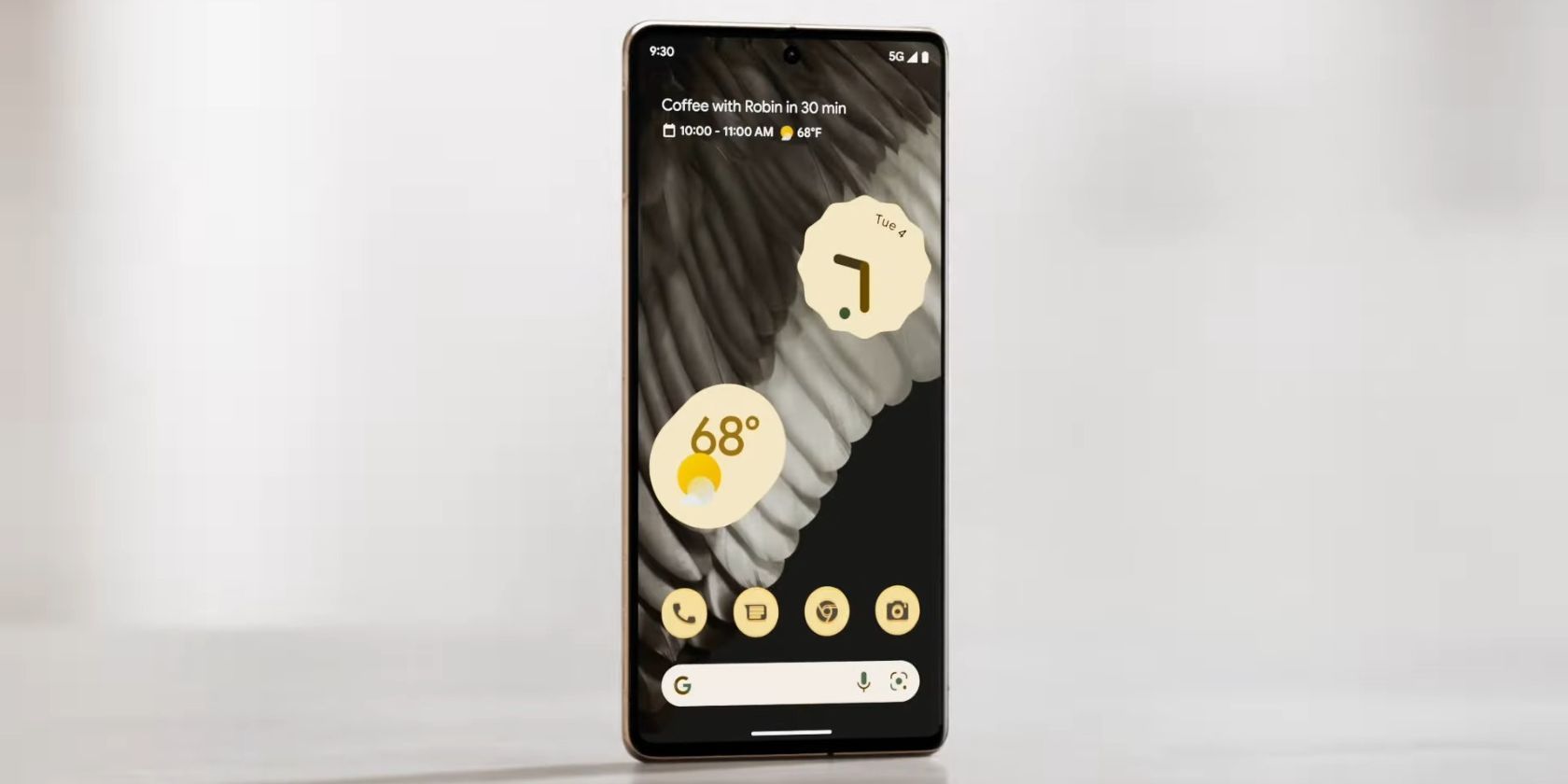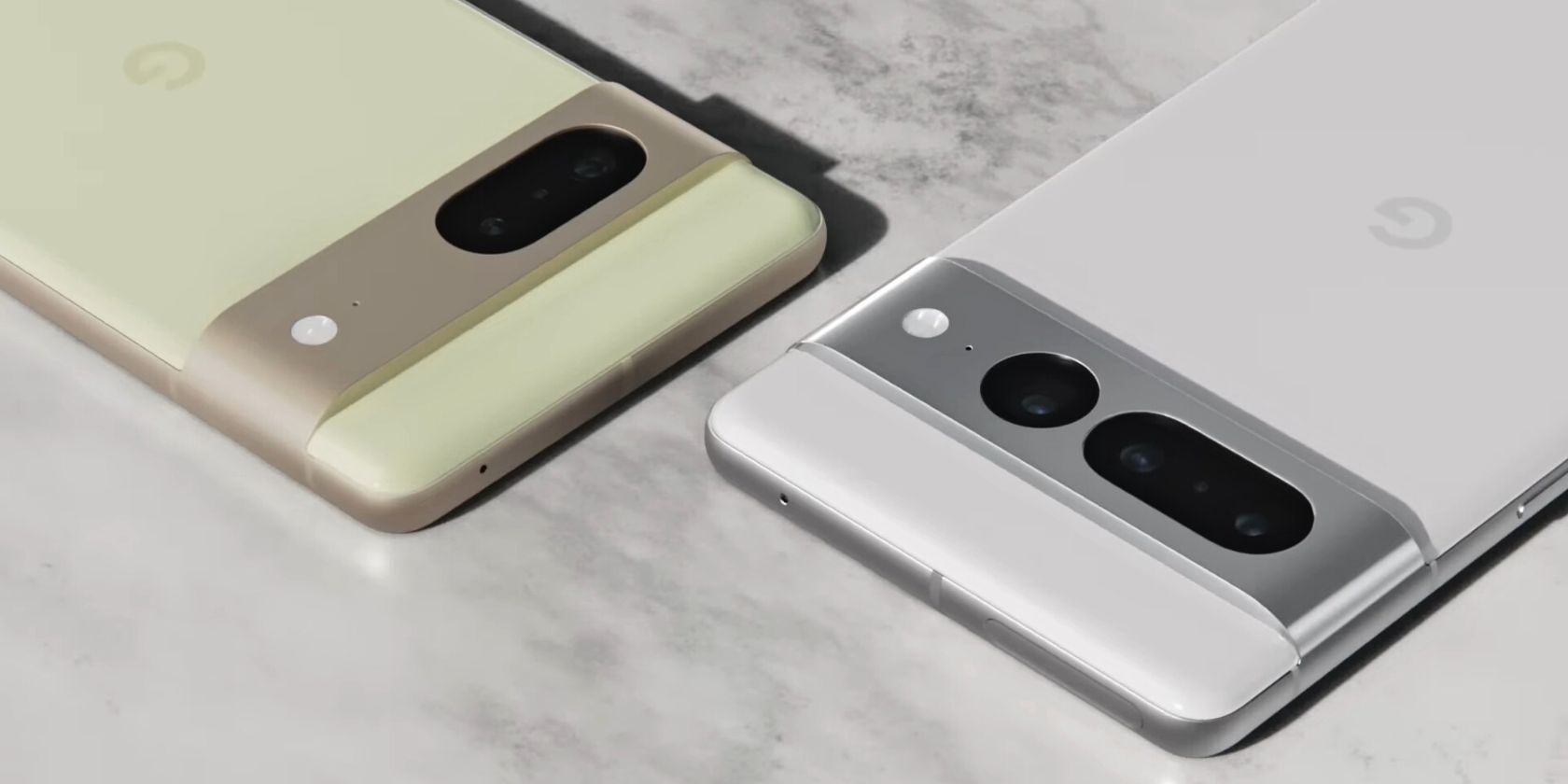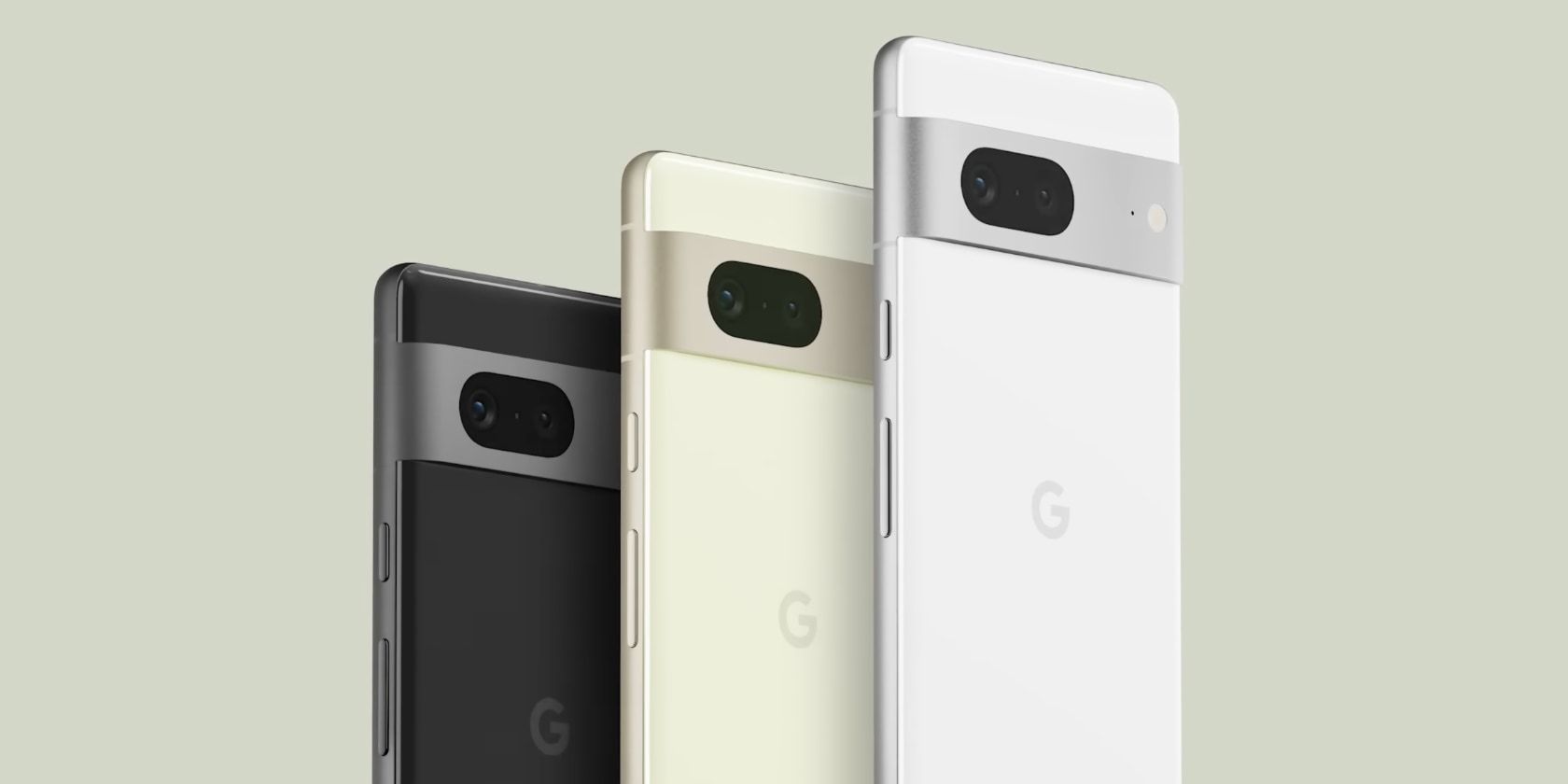The Pixel 7 and Pixel 7 Pro are the latest additions to the Pixel series. The former starts at $599 while the latter starts at $899 which are the same prices as the Pixel 6 and Pixel 6 Pro launched in 2021.
Both devices are very similar in a number of areas, but are their differences worth the extra $300 that the Pro model costs? Let's compare the two phones and find out.
Dimensions and Build Quality
- Pixel 7: 155.6 x 73.2 x 8.7 mm; 197 grams; IP68 dust and water-resistant
- Pixel 7 Pro: 162.9 x 76.6 x 8.9 mm; 212 grams; IP68 dust and water-resistant
The Pixel 7 is shorter, narrower, slimmer, and lighter than the Pixel 7 Pro. Both devices are available in black (Obsidian) and white (Snow), but the Lemongrass color on the Pixel 7 and the Hazel color on the Pixel 7 Pro add identity to their already iconic design.
Both devices have an official IP68 rating for water and dust resistance, use a recycled aluminum frame, and Gorilla Glass Victus on the front and back. But the new camera bar has a matte finish on the Pixel 7 and a glossy finish on the Pixel 7 Pro. Just like last time, there's no headphone jack on the body of either phone.
Display
- Pixel 7: 6.3-inch AMOLED; 90Hz refresh rate; 1080 x 2400 resolution; 416 PPI; 1400 nits peak brightness; HDR10+; Gorilla Glass Victus; Always-on Display; 84.9% screen-to-body ratio; 20:9 aspect ratio
- Pixel 7 Pro: 6.7-inch LTPO AMOLED; 120Hz refresh rate; 1440 x 3120 resolution; 512 PPI; 1500 nits peak brightness; HDR10+; Gorilla Glass Victus; Always-on Display; 88.7% screen-to-body ratio; 19.5:9 aspect ratio
The Pixel 7 has a smaller 6.3-inch FHD+ display with a 90Hz refresh rate; this is a bit disappointing since 120Hz is the standard now even in some budget phones. The Pixel 7 Pro has a bigger 6.7-inch QHD+ display with a 120Hz refresh rate and LTPO technology which means it can go down to 10Hz when you're looking at something static to save battery life.
The Pixel 7 Pro is slightly brighter on paper at 1500 nits than the Pixel 7 at 1400 nits, but it's unlikely that you'll see any noticeable difference between the two side-by-side. Both devices have HDR10+ certification for vivid colors, but the Pixel 7 Pro looks more modern thanks to its slimmer bezels, slightly curved glass, and thinner chin.
Camera
- Pixel 7: 50MP f/1.9 primary, OIS, PDAF, Laser autofocus, 4K video at 60fps; 12MP f/2.2 ultra-wide (114-degree FoV); Front: 10.8MP f/2.2 ultra-wide (92.8-degree FoV), 4K video at 60fps
- Pixel 7 Pro: 50MP f/1.9 primary, OIS, PDAF, Laser autofocus, 4K video at 60fps; 12MP f/2.2 ultra-wide (126-degree FoV), autofocus, macro photography; 48MP f/3.5 telephoto, PDAF, OIS, 5x optical zoom; Front: 10.8MP f/2.2 ultra-wide (92.8-degree FoV), 4K video at 60fps
The Pixel 7 and Pixel 7 Pro use the same new 50MP f/1.9 main camera with Optical Image Stabilization. Such is not the case with the ultra-wide lens. The 12MP ultra-wide camera on the Pixel 7 is repurposed from the Pixel 6, but the 12MP ultra-wide camera on the Pixel 7 Pro uses a new sensor with autofocus, a wider field of view, and macro capability.
Just like last year, only the Pixel 7 Pro has a dedicated 48MP f/3.5 telephoto camera with Optical Image Stabilization and 5x optical and 30x hybrid zoom. Both devices can take 4K video at 60fps from all of their camera lenses.
Thanks to pixel binning technology, you get 12.5MP shots by default on both devices.
RAM and Storage
- Pixel 7: 8GB LPDDR5 RAM; 128GB/256GB UFS 3.1 storage
- Pixel 7 Pro: 12GB LPDDR5 RAM; 128GB/256GB/512GB UFS 3.1 storage
The Pixel 7 starts at $599 for the base model with 8GB RAM and 128GB of storage; you can upgrade the storage to 256GB for an additional $100. The Pixel 7 Pro starts at $899 for the base model with 12GB RAM and 128GB of storage; you can upgrade it to 256GB for $999 and 512GB for $1,099.
8GB RAM and 128GB storage is already enough for most users, but if you're a power user, gamer, or content creator, you will benefit from the more RAM and storage options on the Pixel 7 Pro. Just like last time, there's no MicroSD card slot for expandable storage.
Check our guide on how much storage you need if you're unsure.
Battery
- Pixel 7: 4355mAh battery; 30W fast wired charging; 20W fast wireless charging; reverse wireless charging
- Pixel 7 Pro: 5000mAh battery; 30W fast wired charging; 23W fast wireless charging; reverse wireless charging
You'd think that the Pixel 7 Pro has better battery life thanks to its bigger 5000mAh cell, but due to the larger QHD+ 120Hz display, it also consumes more power than the Pixel 7. Both devices are likely to have similar battery life the same way the Pixel 6 and Pixel 6 Pro did.
Both devices have 30W fast wired charging support, but the Pixel 7 Pro has slightly faster wireless charging. Sadly, you don't get a charger in the box.
Which Is the Better Deal?
Both the Pixel 7 and Pixel 7 Pro house the new Google Tensor G2 processor which allows better speech detection, computational photography, Live Translate, and other features that Pixel phones have built a reputation for. When it comes to performance, both devices are identical despite them not showing the same benchmark scores.
The Pixel 7 offers almost everything the average buyer looks for and is an excellent deal at $599—assuming that it doesn't develop bugs as the Pixel 6 did. But if having a bigger and faster display, a dedicated telephoto lens, macro capability, more RAM, and more than 256GB of storage is a priority for you, then the Pixel 7 Pro is still worth it.
The Pixel 7 Is a Better Deal for Most People
All things considered, we think the Pixel 7 is a better deal than the Pixel 7 Pro, and many other Android flagships, for that matter. For reference, both the Galaxy S22 and the iPhone 14 launched at $799. The Pixel 7 might not be as impressive on the spec sheet, but that $200 difference is hard to ignore.
Google's increased investment in hardware and improved pricing strategy makes it clear that the company is no longer just targeting enthusiasts but everyone. Accompanying the Pixel 7 series are the Pixel Watch, Pixel Buds Pro, and Pixel Tablet which are laying the foundation for the growing Pixel ecosystem.





